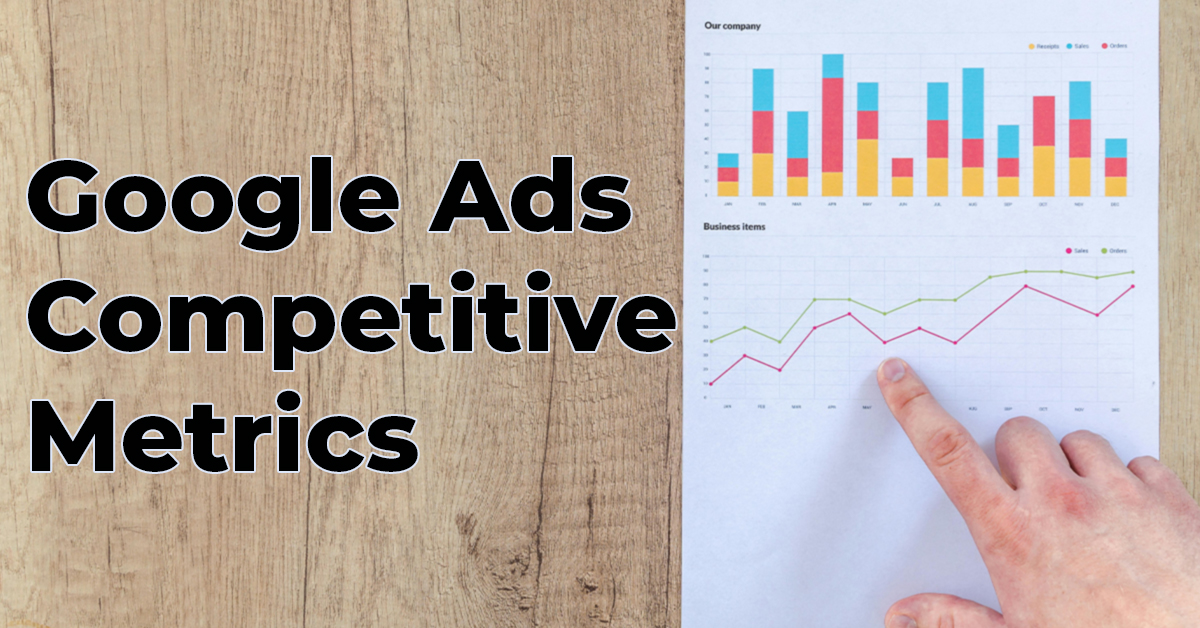Introduction
LinkedIn is one of the primary platforms used for B2B marketing. It has highly accurate first party data which allows you to target companies, job titles and other relevant job specific information. These targeting options are key to building a successful lead generation campaign. However, unless you are using the LinkedIn marketing API to analyse your data, you are missing out on a huge opportunity to refine your targeting, improve your campaign performance and reduce wasted ad spend.
The user interface (UI) for the LinkedIn Marketing platform is basic at best. There is minimal customisation for reporting. For example, the data is clunky to analyse and segments that should be included for performance breakdowns (job titles, companies, functions etc..) are missing. All this data is available for your marketing campaigns, however you need to programmatically access this using the marketing API.
3 Benefits of Using LinkedIn API marketing data
Refine Audience Targeting
Audiences are the starting point for all LinkedIn campaigns. You need to be able to refine your initial audience to maximise the performance. We have found segmenting top performing job titles into their own campaigns with dedicated budget decreased cost per lead by up to 60%.
Reduce Wasted Ad Spend
In addition to audience segmentation, you can add poor performing/irrelevant segments as negative audiences to your campaigns. This allows more budget to be allocated to profiles that are more likely to engage with your content.
Improve ABM Marketing
Having access to company engagement data is extremely useful for an account based marketing strategy. You can use this data to expand your marketing funnel and create additional campaigns, for example, targeting highly engaged companies with conversation ads.
Challenges Of Using The LinkedIn API
While we highly recommend using LinkedIn API for your B2B marketing campaigns, we also wish to point out a few of the obstacles we’ve encountered over the years. Here are the main hurdles we’ve come across and we hope that by sharing them with you, you will be better prepared to get started.
- You will need to be able to implement 2-legged OAuth to authorise and authenticate your calls.
- Some endpoints don’t have access to fields and dimensions that you would expect them too.
- Concepts such as response decoration are challenging to understand and implement but are needed to efficiently access data. Fortunately it’s not all bad news, the API is getting better! LinkedIn is committed to improving the accessibility of the API, providing frequent updates to the developer community and in our experience, have good support for developers.
What Else Can You Use The API For?
The API can be used for many purposes outside of analysis and optimisation. Below are some examples of how we have used the API at DX.
- Data connector with Looker Studio to create client reports
- Bulk campaign budget changes
- Bulk QA for campaign targeting settings
- Bulk targeting changes – eg. adding 50 negative job titles to every campaign
- Live budget monitoring
How can you get started?
To get started you will need to create a developer application using LinkedIn developer solutions. You will be asked for relevant company information and how you plan to use the API.
Once your application is approved you can use your credentials to start making calls to the API. At DX, we use R to request the data as this is our preferred data visualisation software. An alternative to this is using Google App Scripts. This can be a nice starting point as you can make calls with some basic knowledge of Javascript and using the Appscript URLFETCH method. It also integrates with Google Sheets for data storage and visualisation.
What’s Next?
At DX we are committed to improving the data skills of marketers around the world. During 2023 we will be delivering training and live webinars to get people started on their coding journey. You can sign up for updates and future releases below. We will be using the programming language R for these training sessions. You can get started with the basics at R4Beginners.com.



